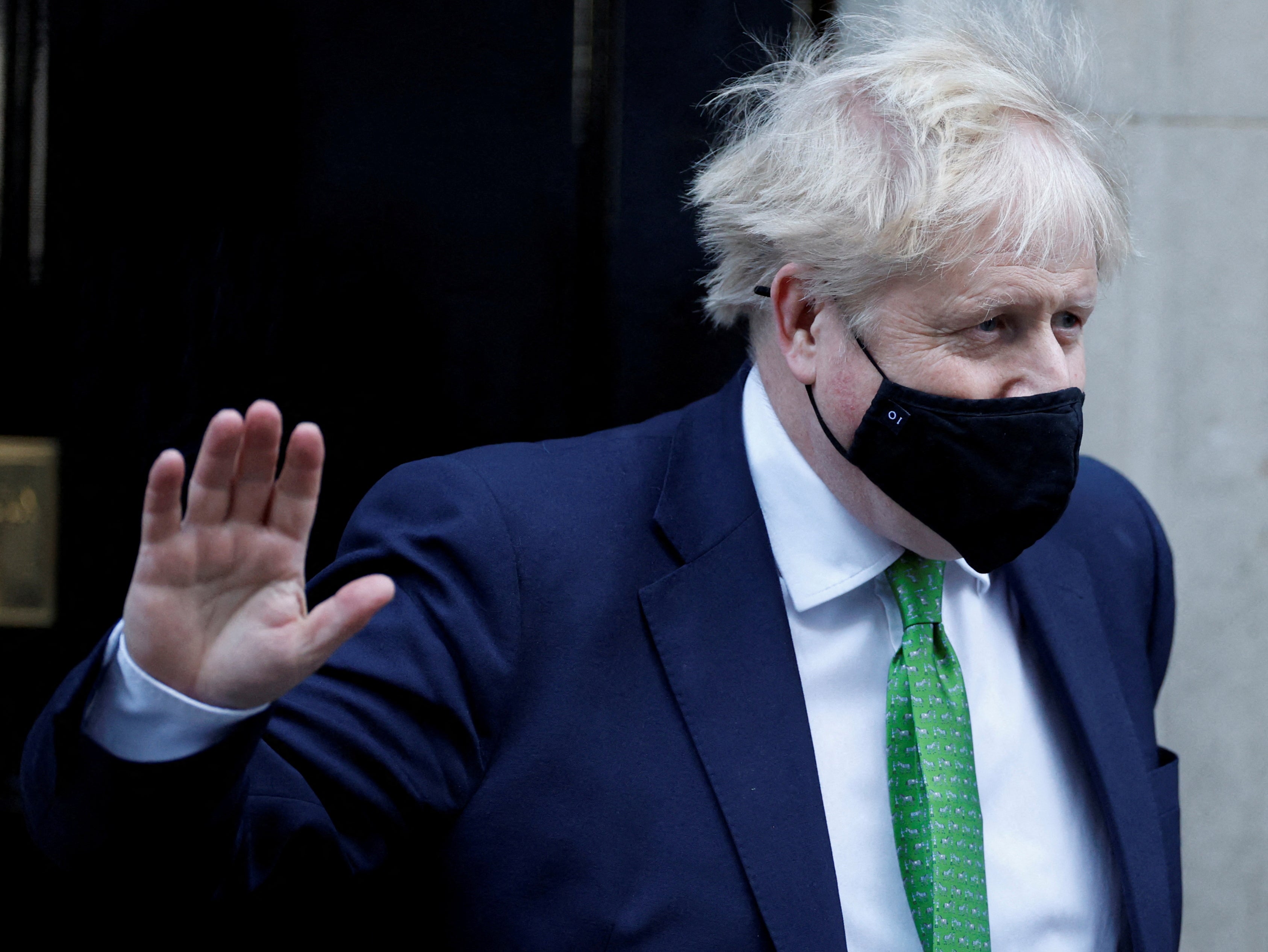How does a no confidence vote work in the Conservative Party?
Even if a Tory leader wins the support of a majority of colleagues in a confidence vote, their authority will have been dealt a significant blow, writes Ashley Cowburn


As senior civil servant Sue Gray prepares to publish her report into rule-busting parties in No 10, many Westminster watchers would agree Boris Johnson’s political future hangs in the balance, with concern remaining over the threat of a no confidence vote.
With the help of key allies from his successful bid for the Tory leadership in 2019, Mr Johnson, who is spending the weekend at his countryside residence, Chequers, is said to be contacting his backbenchers in an attempt to shore up support.
While some Conservative MPs have publicly called on the prime minister to resign – including former cabinet minister David Davis – and have submitted letters of no confidence, many are reserving final judgement until the publication of Ms Gray’s report.
But how does a vote of no confidence work? Under the Conservative Party rules, a vote is triggered if 15 per cent of the party’s MPs (54 from the current crop) submit a letter of no confidence in the leader to the chair of the 1922 Committee, Sir Graham Brady.
They can be submitted in person or via email (for those cautious of being spotted by the party whips), and despite speculation swirling around Westminster over the number of letters that have been submitted in recent days, the figure is a closely guarded secret by Sir Graham. He will only inform a leader and the party when the threshold is reached.
The last time it was reached, the vote happened swiftly: Sir Graham was said to have called the prime minister’s office at 9.30pm on 11 December 2018 with the news, and Tory MPs were balloted the following day between 6-8pm. The result – in Theresa May’s favour – was announced shortly afterwards.
But in order to win the vote, which is conducted by a secret ballot, the leader must secure the support of more than 50 per cent of Tory MPs. If a vote is triggered in the coming weeks and months, it means Mr Johnson would be required to have the support of over 179 of his colleagues to stay in power.
Under the current rules – set by the 1922 executive – if the incumbent leader is successful, another confidence vote is not possible for 12 months.
But even if a leader wins a vote of no confidence, their authority will have already been dealt a significant blow. Despite winning a vote in December 2018, Ms May resigned from No 10 in July 2019. If the prime minister wins the vote by a slim margin, he may also conclude there is no other option but to resign.
As Ms Gray prepares to publish her report into parties during Covid restrictions, Mr Johnson and his allies will be nervously awaiting the reception it receives from Conservative MPs. Prepare to hear even more whispers of that “magic number” of 54 in the coming days.



Join our commenting forum
Join thought-provoking conversations, follow other Independent readers and see their replies
Comments